Cortical ensemble adaptation to represent velocity of an artificial actuator controlled by a brain-machine interface
- PMID: 15888644
- PMCID: PMC6724781
- DOI: 10.1523/JNEUROSCI.4088-04.2005
Cortical ensemble adaptation to represent velocity of an artificial actuator controlled by a brain-machine interface
Abstract
Monkeys can learn to directly control the movements of an artificial actuator by using a brain-machine interface (BMI) driven by the activity of a sample of cortical neurons. Eventually, they can do so without moving their limbs. Neuronal adaptations underlying the transition from control of the limb to control of the actuator are poorly understood. Here, we show that rapid modifications in neuronal representation of velocity of the hand and actuator occur in multiple cortical areas during the operation of a BMI. Initially, monkeys controlled the actuator by moving a hand-held pole. During this period, the BMI was trained to predict the actuator velocity. As the monkeys started using their cortical activity to control the actuator, the activity of individual neurons and neuronal populations became less representative of the animal's hand movements while representing the movements of the actuator. As a result of this adaptation, the animals could eventually stop moving their hands yet continue to control the actuator. These results show that, during BMI control, cortical ensembles represent behaviorally significant motor parameters, even if these are not associated with movements of the animal's own limb.
Figures
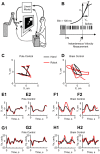


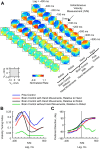
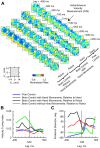
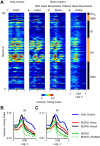

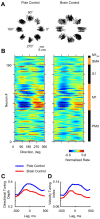

References
-
- Alexander GE, Crutcher MD (1990) Neural representations of the target (goal) of visually guided arm movements in three motor areas of the monkey. J Neurophysiol 64: 164-178. - PubMed
-
- Andersen RA, Buneo CA (2002) Intentional maps in posterior parietal cortex. Annu Rev Neurosci 25: 189-220. - PubMed
-
- Ashe J, Georgopoulos AP (1994) Movement parameters and neural activity in motor cortex and area 5. Cereb Cortex 4: 590-600. - PubMed
-
- Averbeck BB, Chafee MV, Crowe DA, Georgopoulos AP (2005) The parietal representation of hand velocity in a copy task. J Neurophysiol 93: 508-518. - PubMed
-
- Baker SN, Spinks R, Jackson A, Lemon RN (2001) Synchronization in monkey motor cortex during a precision grip task. I. Task-dependent modulation in single-unit synchrony. J Neurophysiol 85: 869-885. - PubMed
Publication types
MeSH terms
LinkOut - more resources
Full Text Sources
Other Literature Sources
Research Materials
